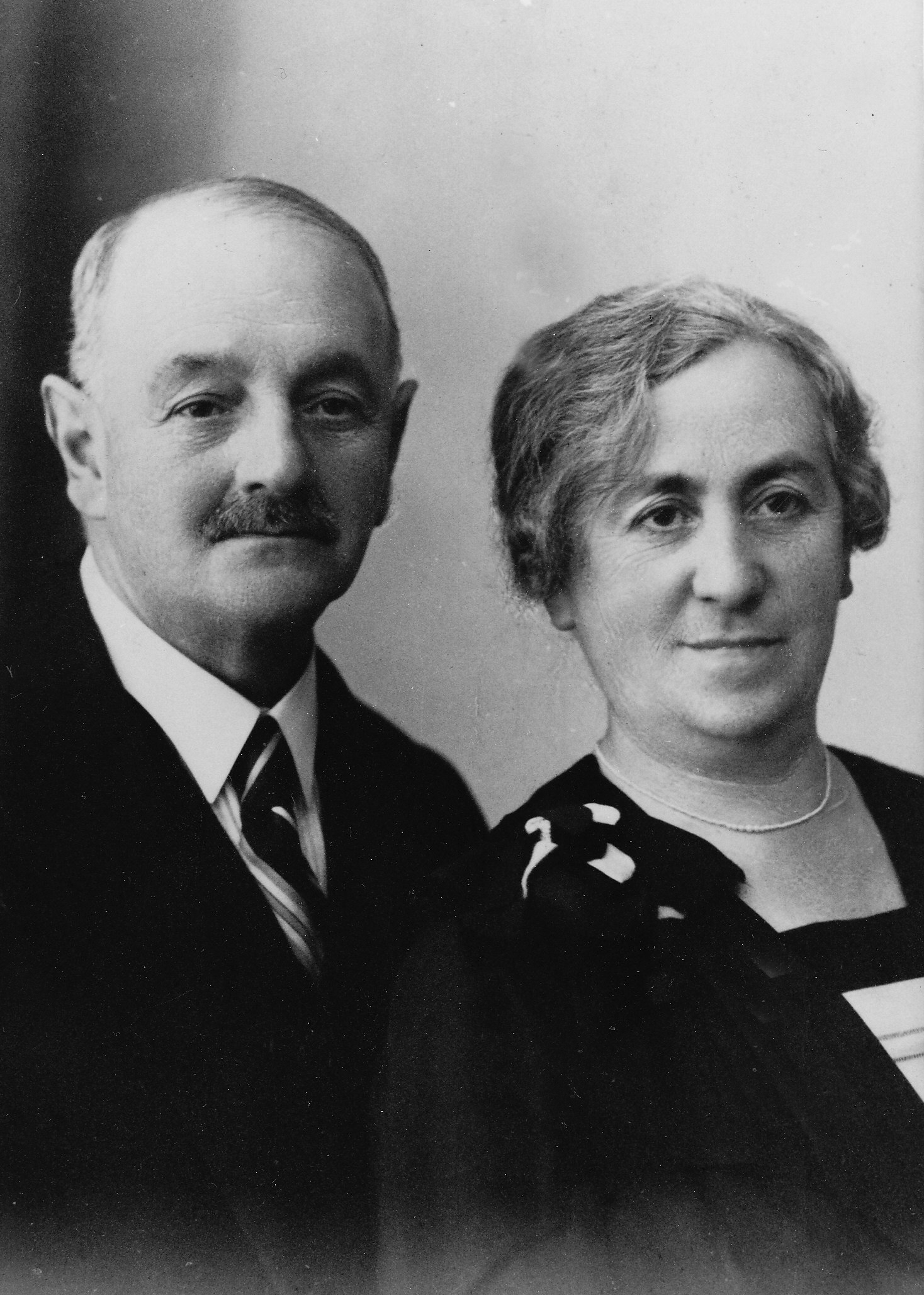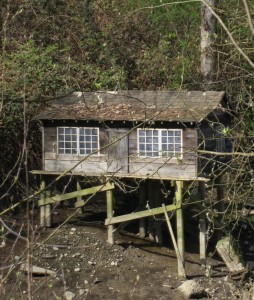My story has now been published on Tyee. Click here to read:

Caitlin Hicks has also turned my story into a podcast for her series, SOME KINDA WOMAN, Stories of us. Click if you would like to listen!

My new project is about the wildfire summer of 2017. I have been asked why I want to write about this and the answer is multi-faceted. My husband and I have a vacation cabin at Sheridan Lake that has been in my husband’s family for nearly 60 years. When it came under threat last summer, I knew that even if it went up in smoke I had a place in North Vancouver to go back to. Still I worried like crazy and I had a lot of sympathy for those whose only homes were in danger. I will start the book with a quote from the poet, Charles Bukowski: “What matters most is how well you walk through the fire.” I was really impressed by how people reacted to these fires—with grace, determination, courage and intelligence. Communities drew together; people were kind to one another. The fires grew and evacuees began to stream out of the affected areas. Sometimes the notice to leave came in the middle of the night and as long lines of cars and trucks formed on the highways, small grocery stores stayed open until the wee hours. They gave out free snacks and sometimes even free gas to evacuees. Many people went to evacuation centres, but also, their friends and neighbours took them in. I talked to one woman in Horse Fly who responded to a knock on her door early in July. A man whom her partner knew very slightly from work, was asking if he could stay. The woman said yes, without hesitation, even though this meant not only taking in the man, his wife, his children, but his animals as well–six cows, some horses, even two rats! This book is about the summer of 2017, but there is also a history here that I think is part of the story and that I want to talk about. Ranches have been in one family for generations; neighbours have been helping each other out for decades. This is part of what makes these communities so strong. No human lives were lost in the Cariboo, but we know that some mistakes were made. I’d like to look at those, to see what we can learn for the future. I also want spend some time at the end of the book thinking about our forest practices, to see what changes should be implemented to make our wonderful wild lands safer. I am looking for stories. If you would like to tell me yours (or share your photos), please get in touch. You can send me an email through the contact button above.
The treatment of melanoma is undergoing a sea change thanks in part to the pioneering work of the three scientists pictured above. James Allison, Tasuko Honjo, and Gordon Freeman paved the way for what some are calling the immunotherapy revolution. I was fortunate enough to interview all three men and come to understand the science which saved Gordon’s life. Our discussions can be found in “Battling Melanoma.” The innovative trio have received many scientific prizes and awards. But so far, the oldest and most prestigious one, the Nobel, has eluded them. However, I recently read that Thomson Reuters, an information business, has predicted that this year, the Nobel for physiology and medicine will go to immunotherapy research. If Thomson Reuters is right, then Allison, Honjo, and Freeman, as well as some other scientists will share the Nobel for their work! Since 2002, Thomson Reuters has forecast 37 Nobel Prize winners, so its record is pretty good! The Prize will be announced early in October.
Gordon and Claudia Cornwall revel in good health and each other’s company following Gordon’s protracted struggle with melanoma and the challenging aftermath. Claudia documented the story in her new book Battling Melanoma. photo Mike Wakefield, North Shore News
See more:
The first scene of At the World’s Edge takes place on a jetty in front of Malcolm Lowry’s shack in what was North Vancouver’s  Maplewood Mudflats settlement. The shack is no more. The District of North Vancouver demolished the whole community in 1954 to make room for a park. However, in 2010, artist, Ken Lum, created replicas of three shacks from the settlement for a sculptural installation. They were the ones belonging to Malcolm Lowry, Tom Burrows, and Paul Spong. Today you can find these replicas at the entrance to the Maplewood Conservation area, south of the Dollarton Highway. I took the photo here and I think it is of the replica’s of Lowry’s shack. It’s diminutive, somewhere between dollhouse and playhouse-size. The area has been completely transformed since Lowry lived there. Lowry Lane, named after him, is now the site of some of the most expensive homes in North Vancouver. Delicious shack life is a mere memory.
Maplewood Mudflats settlement. The shack is no more. The District of North Vancouver demolished the whole community in 1954 to make room for a park. However, in 2010, artist, Ken Lum, created replicas of three shacks from the settlement for a sculptural installation. They were the ones belonging to Malcolm Lowry, Tom Burrows, and Paul Spong. Today you can find these replicas at the entrance to the Maplewood Conservation area, south of the Dollarton Highway. I took the photo here and I think it is of the replica’s of Lowry’s shack. It’s diminutive, somewhere between dollhouse and playhouse-size. The area has been completely transformed since Lowry lived there. Lowry Lane, named after him, is now the site of some of the most expensive homes in North Vancouver. Delicious shack life is a mere memory.
Booklist has picked Catching Cancer as one of the best books of 2013.
Creating a book trailer was harder than I thought it would be. It took us three tries! For the first one, Gordon and I went over to the Cates Park beach in North Vancouver—where the opening scene of At the World’s Edge takes place. It was a lovely West Coast afternoon; we got background sounds of water lapping at the shore, squirrels chattering in the trees, and a lovely long lonely wail from the train that skirts the south shore of Burrard Inlet. I read from the book, which usually goes over quite well, when I do so in person…but on the video? For some reason, it missed…
So back to the story board. We decided to do something quite different. We’d shoot in Chinatown in an alley that Curt had photographed. This wouldn’t be West Coast idyllic but gritty and edgy—maybe more fitting for the book. So on a Saturday in December, we parked on Chinatown’s main drag and walked over to the particular alley, off Gore Avenue, that interested us. I stood in front of a smelly dirty yellow garbage bin that was covered in graffiti. This time I didn’t read from the book. I spoke earnestly to the camera about Curt’s photography and how Chinatown was a favourite subject of his. It was a disaster. The seagulls were so raucous, they practically drowned me out. Cars kept driving up the alley and interrupting the shoot. And people kept wandering through. Sometimes they asked us what we were doing and what we thought of Vancouver. I think they figured we were tourists on some kind of grunge tour. And so we explained that we weren’t tourists, we lived here, and we showed them Curt’s picture of the alley in 1972. They looked bewildered, they were probably wondering on what planet we made any sense. It was all very distracting.
We returned home and I sent off some emails to people who know more about this than I do. I mulled over their replies and then I got another idea. We didn’t have to shoot any film at all. We could use stills and create movement a la Ken Burns—pan across the stills—zoom in on the aspects that were most intriguing. I spent a morning in the City Archives looking for pictures of the 1400-block West Pender where Curt lived with his good friend, Fred Douglas. There weren’t many pictures of that section of Pender. Other parts of the street were much more popular subjects. But remarkably, there was a photo of the dilapidated building where Curt and Fred shared a rat-infected “pad.” It was perfect. And from there the video grew. We added a photo of Vancouver’s skyline in 1959, as seen from Stanley Park, and included some pictures from the book. We used Curt’s poems typed in courier on onion skin. I love to see that now—the uneven analogue words. And with a clever tool that Gordon found, we got Curt’s words to lift off the page. I wrote to Gregg Simpson asking his advice about music. I knew he’d been a musician in the 60’s and I thought he’d have some good ideas. He sent me a few pieces by the Al Neil trio—of which he had been a member. More serendipidy. The music saturated the video with mood and then it was just a matter of a short narration. Gordon mixed the whole thing, the music, the narration and the pictures, and managed in a quite wizardly fashion to save the parts and the combinations all in the appropriate places. Here it is. Did it work? Well, you can be the judge of that!
You will find my description of Curt’s life as a bookseller in the chapter entitled, The Vault. (To read the interesting story about why it has that name, you’ll have to read the book!) When Curt started the store at 350 West Pender Street, he quickly discovered that that being a bookseller was not for him. The enterprise floundered and Don MacLeod bought it for a song–well, $200. He kept the stock and the same location, although he renamed the shop, “MacLeod’s Books.” Don took out a loan from a credit union to make the purchase and was able to pay it off after his first day in business. Here’s a picture of Don’s store in 1981. Sharp-eyed readers will notice that MacLeod’s Books, currently at 455 West Pender, on the north side of the street, still sports a remarkably similar sign. Don Stewart is the current owner.
A letter from St. Petersburg arouses memories of Curt
Tod Greenaway was a friend of Curt’s and he is quoted in At the World’s Edge. (p. xv and 204). He was an artist, a writer, and a photographer. Recently I had the pleasure of encountering more of Tod’s thoughts about Curt. They came to me via Irina Borisova, a writer in St. Petersburg, Russia, with whom Curt and Tod corresponded. Below you will find a letter Tod wrote to her two days after Curt died.
I also wanted to mention that I have several copies of Tod’s last book of essays, Loitering, to give away, thanks to the generosity of his daughter, Rachel. If you would like one, let me know.
Date: December 19, 1998.
Dear Irina:
So, it has finally come to pass, the death of Curt Lang. I am sorry not to have written to you. Everything was happening so fast, there were so many demands made on my time and I was rather frantic at not being able to get to my work. And I am not feeling all that well. But it was clumsy of me not to think of you being left in suspense.